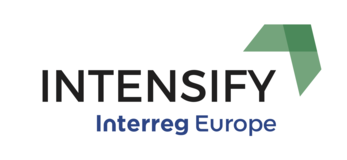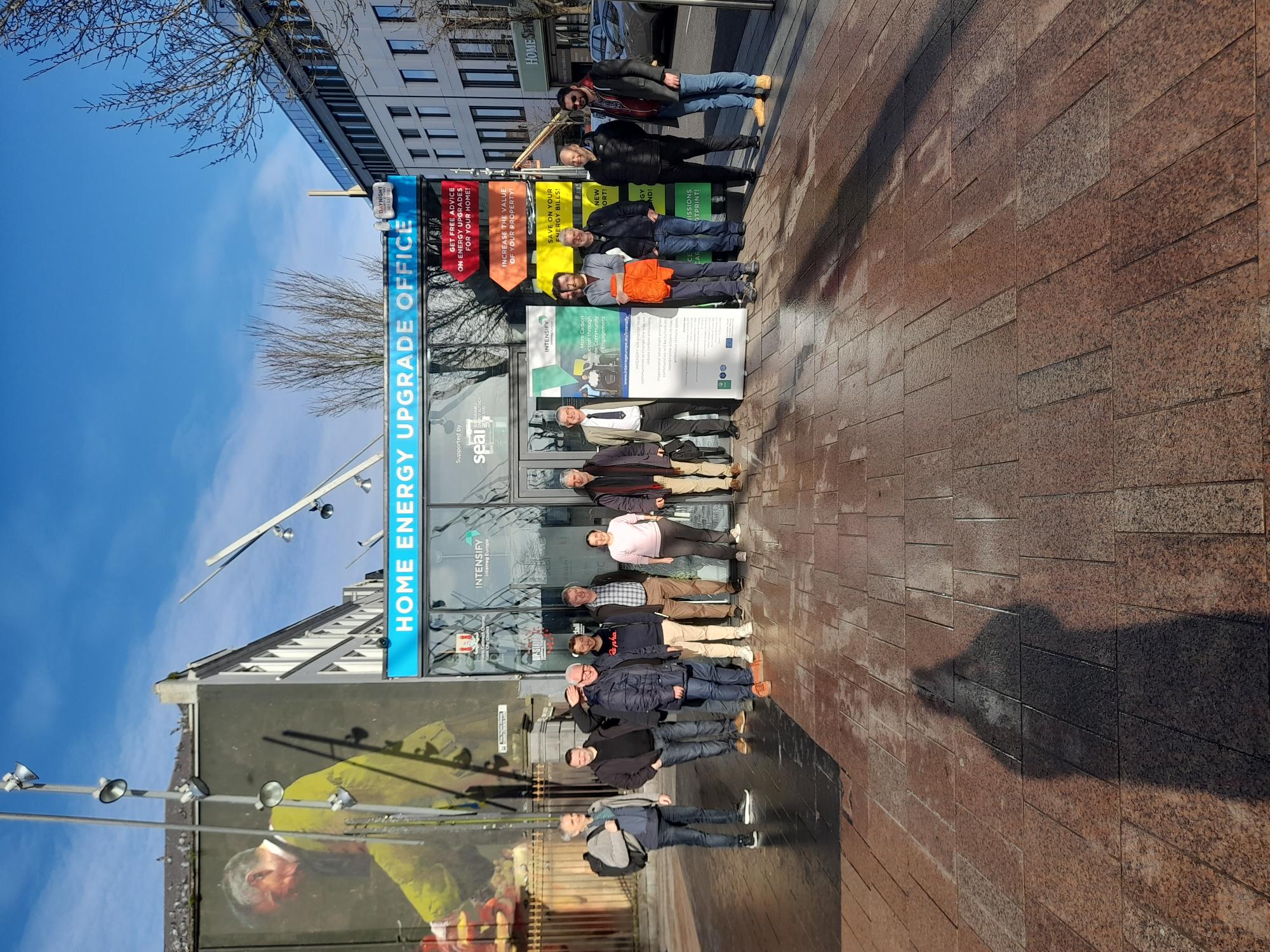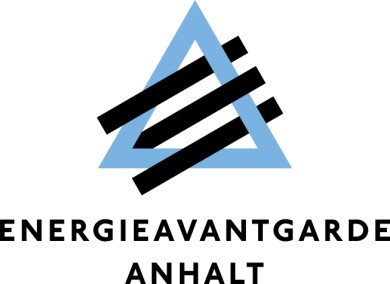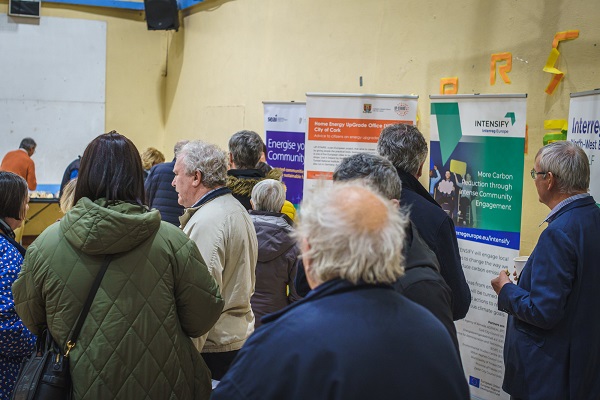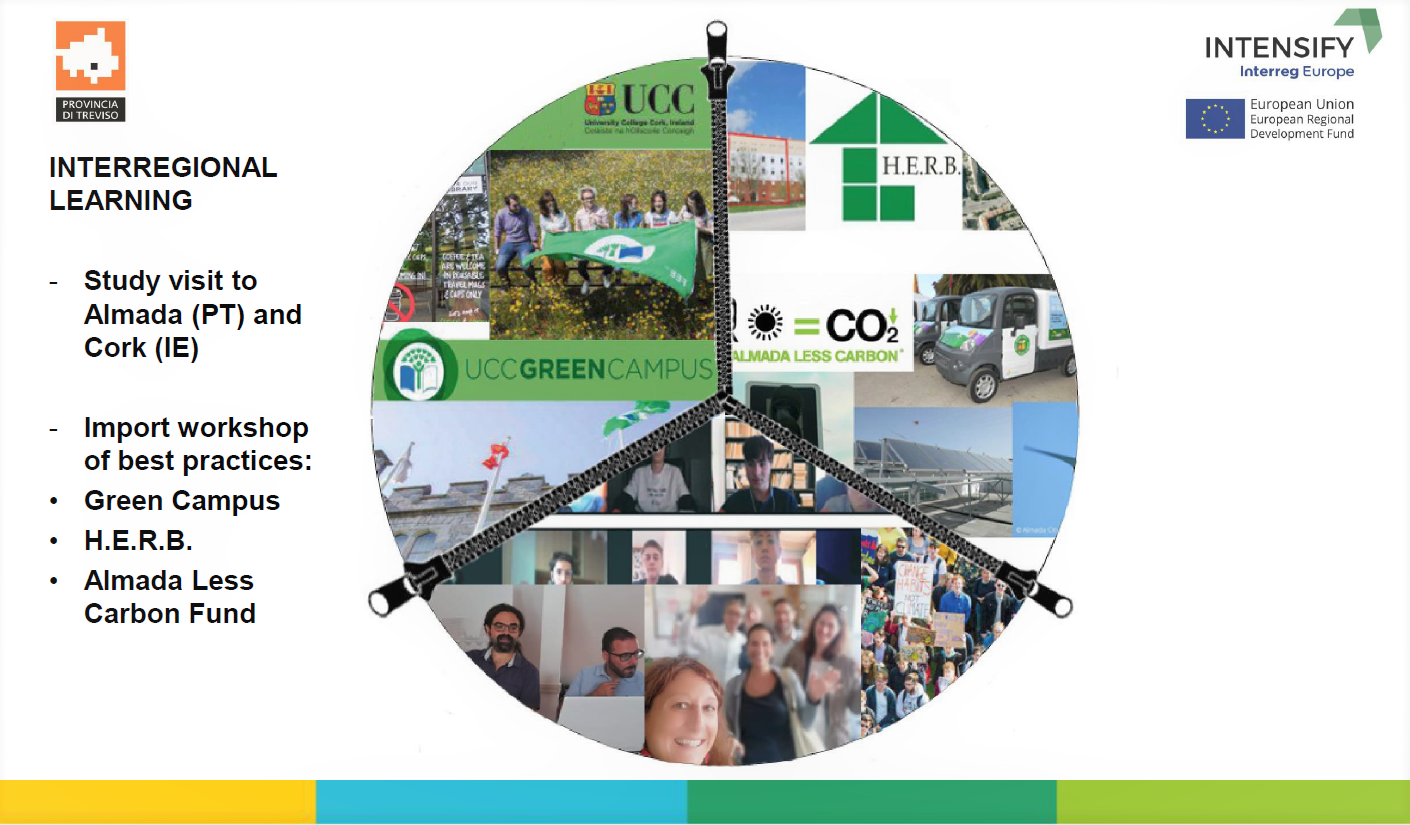The second thematic event for the Intensify project explored the means by which communities can be motivated to engage in actively reducing their carbon emissions. The event was hosted by the Province of Treviso, is one of the partners in the project. The participants were warmly welcomed by Stefano Marcon, President of the Province of Treviso
There were four presentations interspersed with active discussions on how communities could be motivated. The proceedings were moderated by Rita Lopes research colloborator with the New University of Lisbon.
Catherine Sheridan a chartered engineer and a communications manager with ERVIA an Irish based utility company outlined how she engaged with the local community when installing a sewage treatment plant for a coastal town. The tipping point came when the communities affected by the project saw the greater good for themselves their community, future generations and the environment. There had been a lot of stakeholder engagement including working with local schools and opposition groups. Eventually the community were actively seeking the installation of the new plant.
Catriona Brady the Head of Better Places for People campaign at the World Green Building Council (WGBC) outlined the vision the Council had to reduce greenhouse gas (GHG) emissions from buildings on a global basis. Catriona's presentation coincided with the launch by the WGBC of their guide to "Healthier Homes and a Healthier Planet" publication ( see https://www.worldgbc.org/news-media/healthier-homes-healthier-planet). Catriona demonstrated to the attendees how the guide takes a combination of the latest research into air quality, thermal and acoustic comfort and lighting then translates it into simple, low-cost and practical strategies to make the home environment healthier for both people and planet. Keeping the message simple is a key component of the better places for people campaign when motivating communities to take action to reduce their GHG's.
Antonio Zonta the director of buildings estates and public procurement at the Province of Treviso outlined how certain events, or activities can act as a catalyst when it comes to motivating people to take action to reduce their GHG emissions. These catalysts can take many forms including grants to carry out specific works, activities such as switching off power in under utilised buildings, health benefits of energy reducing measures etc.
Professor Davide Tocchetto of the Institute Agrare Domerico Sartor in Treviso Province outlined the successful measures taken to date by by the province of Treviso to reduce greenhouse gases in their buildings. The success was due to a number of factors including increasing social awareness, improving the fabric of the building and the use of renewable energy.
